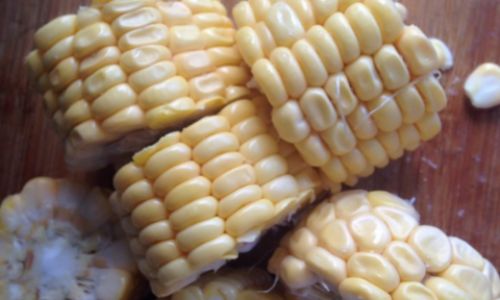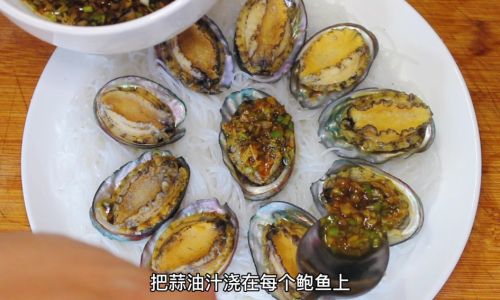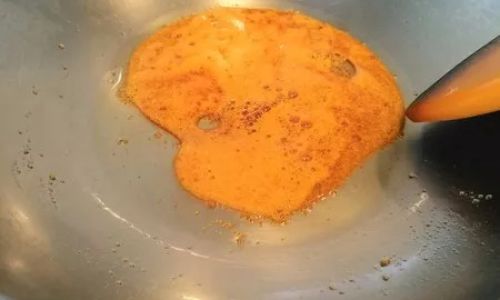The art of stewing soup is a time-honored tradition in many cultures, blending ingredients to create nourishing, flavorful broths that warm the body and soul. Among the myriad combinations, one question often arises: Can chestnut and duck soup be stewed together to create a harmonious and delicious dish? The answer lies in understanding the culinary properties of both ingredients, their nutritional benefits, and the cultural contexts that have long celebrated their union. This article delves into the feasibility, techniques, and rewards of stewing chestnut and duck soup, offering a comprehensive guide to achieving culinary perfection.
The Culinary Compatibility of Chestnuts and Duck
Chestnuts, with their sweet, earthy flavor and creamy texture, have been a staple in global cuisines for centuries. Roasted, boiled, or ground into flour, they add depth to dishes ranging from stuffings to desserts. Duck, on the other hand, is prized for its rich, gamey meat and succulent fat, which imparts a luxurious taste to stews, roasts, and soups. At first glance, these two ingredients might seem like an unlikely pair, but their combination is rooted in both flavor synergy and nutritional balance.
Chestnuts are relatively mild in taste compared to other nuts, allowing them to absorb the flavors of their cooking liquid. When stewed with duck, they soften into a velvety texture while absorbing the savory, umami-rich broth. Duck meat, when slow-cooked, becomes tender and releases its natural fats, which enrich the soup and mellow the chestnuts’ sweetness. This interplay creates a broth that is both comforting and complex, making the dish a candidate for cold-weather meals or festive gatherings.

Nutritional Benefits: A Marriage of Health and Flavor
Beyond their culinary appeal, chestnuts and duck offer a range of health benefits. Chestnuts are low in fat and high in fiber, vitamin C, and potassium, making them a nutritious alternative to other nuts. They also contain antioxidants that support immune function and reduce inflammation. Duck meat, while richer in calories than chicken or turkey, is an excellent source of protein, iron, and B vitamins. Its fat content, though higher, includes monounsaturated fats, which are considered heart-healthy when consumed in moderation.
When stewed together, these ingredients create a soup that is both satisfying and nourishing. The chestnuts’ fiber aids digestion, while the duck’s iron content combats fatigue. The combination also provides a balance of macronutrients, making it a wholesome meal on its own. For those seeking a lighter option, the fat from the duck can be skimmed off during cooking, retaining flavor while reducing calorie density.
Cultural Significance: A Dish Steeped in Tradition
The pairing of chestnuts and duck is not merely a culinary experiment—it has deep roots in Asian cuisine, particularly in Chinese and Korean traditions. In Chinese medicine, duck is believed to have cooling properties that balance the body’s internal heat, while chestnuts are thought to tonify the spleen and kidneys. Together, they form a dish that is both seasonal and symbolic, often served during autumn and winter to ward off colds and promote vitality.
In Korean cuisine, a similar stew called bori-bap incorporates chestnuts and duck, highlighting the ingredient’s adaptability across regional boundaries. These cultural endorsements underscore the dish’s enduring appeal, proving that the marriage of chestnuts and duck is as much about tradition as it is about taste.
The Stewing Process: Techniques for Success
Stewing chestnut and duck soup requires patience and attention to detail. Here’s a step-by-step guide to achieving the perfect balance of flavors and textures:
-
Ingredient Selection:
- Duck: Opt for a whole duck or duck legs, which have sufficient fat to flavor the broth. Organic or free-range duck offers superior taste and texture.
- Chestnuts: Fresh chestnuts are ideal, but frozen or vacuum-sealed varieties work well. Avoid pre-sweetened or overly processed options, as they may disrupt the soup’s flavor profile.
- Aromatics: Ginger, garlic, scallions, and star anise enhance the broth’s depth.
- Vegetables: Carrots, celery, and mushrooms add sweetness and umami.
- Broth: Use water or low-sodium chicken stock as a base.
-
Preparation:

- Duck: Blanch the duck in boiling water to remove impurities, then pat dry. This step ensures a clearer broth.
- Chestnuts: Score an “X” on the flat side of each chestnut, roast at 400°F (200°C) for 15 minutes, then peel while warm. This process loosens the skins and softens the nuts.
- Aromatics: Slice ginger and garlic; chop scallions.
-
Cooking:
- In a large pot, sear the duck pieces until golden brown to lock in flavor.
- Add aromatics and vegetables, sautéing until fragrant.
- Pour in broth, bring to a boil, then reduce to a simmer. Cover and cook for 1.5–2 hours, or until the duck is tender.
- Add chestnuts during the last 30 minutes to prevent them from becoming mushy.
- Season with salt, pepper, and a dash of soy sauce or fish sauce for umami.
-
Serving:
- Garnish with chopped cilantro or scallions.
- Serve with steamed rice or noodles for a complete meal.
Variations and Customizations
One of the joys of stewing is the freedom to adapt recipes to personal taste. Here are a few ways to customize chestnut and duck soup:
- Spice Level: Add chili flakes or Sichuan peppercorns for a subtle heat.
- Herbs: Infuse the broth with thyme or rosemary for a Western twist.
- Sweetness: A drizzle of honey or a splash of rice wine balances the dish’s savory notes.
- Texture: Stir in leafy greens like spinach or bok choy during the final minutes of cooking.
Troubleshooting Common Issues
Even seasoned cooks may encounter hiccups. Here’s how to address them:
- Cloudy Broth: Blanch the duck properly and skim off impurities during the initial simmer.
- Overcooked Chestnuts: Add them later in the cooking process to maintain their texture.
- Greasy Broth: Refrigerate the soup overnight; the fat will solidify on the surface, making it easy to remove.
The Verdict: A Culinary Triumph
In conclusion, stewing chestnut and duck soup is not only feasible but also a rewarding culinary endeavor. The combination of sweet chestnuts and rich duck meat creates a broth that is both comforting and complex, while the dish’s nutritional profile makes it a wholesome addition to any meal. Rooted in tradition yet adaptable to modern tastes, this soup exemplifies the magic of slow-cooked cuisine—where time, heat, and quality ingredients converge into something greater than the sum of their parts.
Whether you’re a home cook seeking to expand your repertoire or a food enthusiast exploring global flavors, chestnut and duck soup offers a journey worth savoring. So, gather your ingredients, fire up the stove, and let the symphony of flavors unfold. Your taste buds—and your guests—will thank you.






0 comments